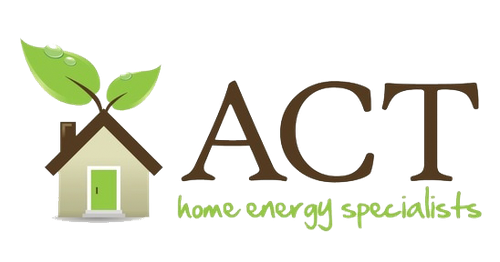
Benefit From An Energy Audit
Your home uses a large amount of energy to keep your home systems operational, yet that doesn’t mean that you can’t make some key adjustments to soften the consumption of energy for a more green home environment. Average Americans spend around $2,060 a year on energy costs as seen by the Lawrence Berkely National Laboratory. Ultimately the amount of energy that you use will depend on the types of fuels used in your home be it from oil, gas, electricity to even wood in your fireplace. Each pulls on different energy sources and have different price rates when being used. A good way to determine what systems will work best with your preferences is to have an energy audit done with your home. This will determine what sources of energy have a high use and will let you know about the patterns of spending which can give you an idea of how to seek alternate forms of energy or at the very least modify your energy usage. Here is some more information about energy audits that may prove useful to you!
Should I get a home energy audit?
A home energy audit will help you assess your home to see where you’re losing the most energy and will give you recommendations on how to save energy and reduce your bills. With a professional audit, the time that is taken for completion will depend on the size of your home but you can expect anywhere from 30 minutes to 4 hours out of your day as a general rule of thumb.
Are energy audits free?
There are many energy service companies that offer free energy audits yet they will typically provide you with generalizations about energy use in your home. If you wish for more details there are other types of energy audit services that you can choose to assist with your home.

How do you prepare for an energy audit?
An energy audit can be prepared for by knowing a few basic details regarding your home or business. It’s important to be present during an energy audit that way you can discuss concerns and provide informative details about your energy systems that may be of help for the overall results.
How To Prep For An Audit
- Make a List of Problems
- Prepare Copies of Energy Bills From the Past 12 Months
- Be Present at the Audit
- Know Your Average Thermostat Settings For Summer/Winter
- Know Your Heating Sources & Fuel Types
- Be Aware of Energy-Intensive Appliances
How can I make an old house more energy efficient?
There are a few things that can assist you in making your home more energy efficient. Once such way is to incorporate energy efficient light bulbs which pull on less energy while still producing bright lights. You could even use a lighting system that can adjust brightness and be dimmed by command as well, there are also options that light up only when an occupant is present in the room or given space. As far as the overall home, your HVAC system can be an indicator of higher bills. Believe it or not but your roofing ties a large hand into how hard your HVAC system performs. When your roofing’s insulation is not up to par in both cooling down or keeping a building warm your HVAC system will work harder in order to maintain stable temperatures. In order to conserve energy consider a roof inspection to make sure insulation is good or consider roofing materials with reflective properties as that can save you a large percentage of heating and cooling costs.
How can I improve the heat efficiency of my home?
A good way to improve the heat efficiency of your home is to check on the insulation of your roof as this can affect how your home retains heat. You may also choose to insulate your loft as this is another area that will affect heat distribution. Upgrading your boiler to a more energy efficient model can also be a good idea for better heat distribution and heat conservation. As far as interior design, thick curtains or thermal ones over windows or doors can prevent cooler temperatures from infiltrating your home and prevent heat from leaving your property.
Contact A Professional
When you are in need of an energy audit for home, energy audit for industry or an energy audit is required for your business consider relying on the services of home performance testing. Energy audit and conservation efforts are essential in maintaining proper system functions and proper energy consumption. With an energy audit, you can make beneficial strides to more energy efficient use that can be a great benefit to both the environment and your pocket! If you’d like to know more get in touch with a professional today!
If you’d like an energy audit in Fort Worth, TX call 817-781-8781 with ACT Home Energy Specialists!



